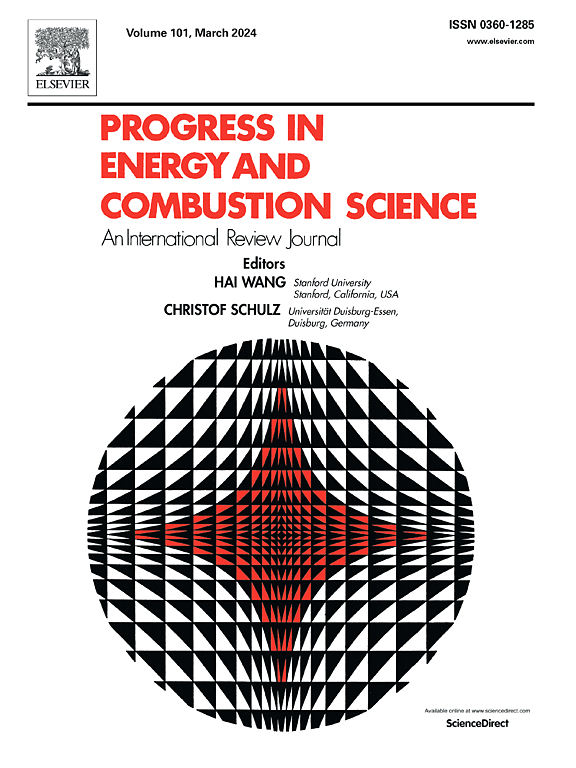What fuel properties enable higher thermal efficiency in spark-ignited engines?
Abstract
The Co-Optimization of Fuels and Engines (Co-Optima) initiative from the US Department of Energy aims to co-develop fuels and engines in an effort to maximize energy efficiency and the utilization of renewable fuels. Many of these renewable fuel options have fuel chemistries that are different from those of petroleum-derived fuels. Because practical market fuels need to meet specific fuel-property requirements, a chemistry-agnostic approach to assessing the potential benefits of candidate fuels was developed using the Central Fuel Property Hypothesis (CFPH). The CFPH states that fuel properties are predictive of the performance of the fuel, regardless of the fuel's chemical composition. In order to use this hypothesis to assess the potential of fuel candidates to increase efficiency in spark-ignition (SI) engines, the individual contributions towards efficiency potential in an optimized engine must be quantified in a way that allows the individual fuel properties to be traded off for one another. This review article begins by providing an overview of the historical linkages between fuel properties and engine efficiency, including the two dominant pathways currently being used by vehicle manufacturers to reduce fuel consumption. Then, a thermodynamic-based assessment to quantify how six individual fuel properties can affect efficiency in SI engines is performed: research octane number, octane sensitivity, latent heat of vaporization, laminar flame speed, particulate matter index, and catalyst light-off temperature. The relative effects of each of these fuel properties is combined into a unified merit function that is capable of assessing the fuel property-based efficiency potential of fuels with conventional and unconventional compositions.

 求助内容:
求助内容: 应助结果提醒方式:
应助结果提醒方式:


